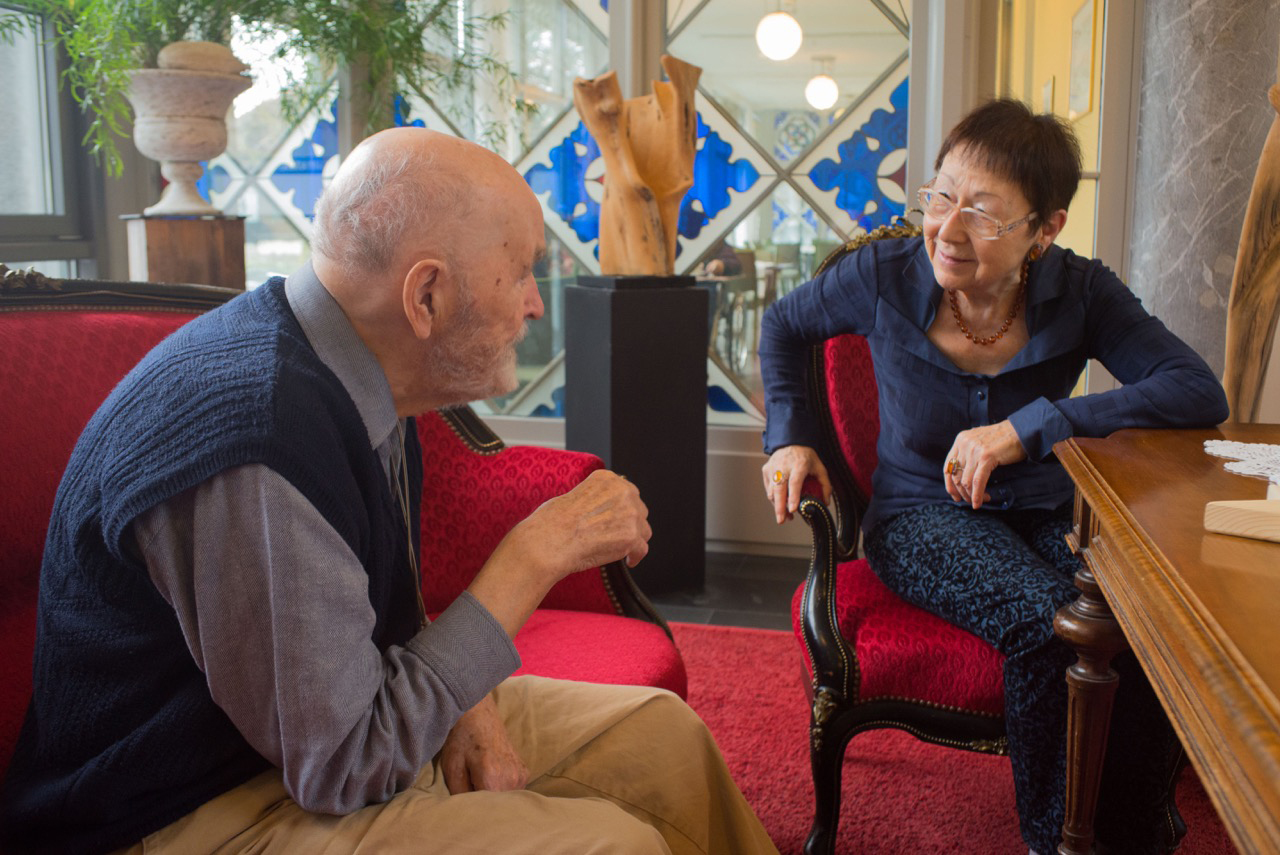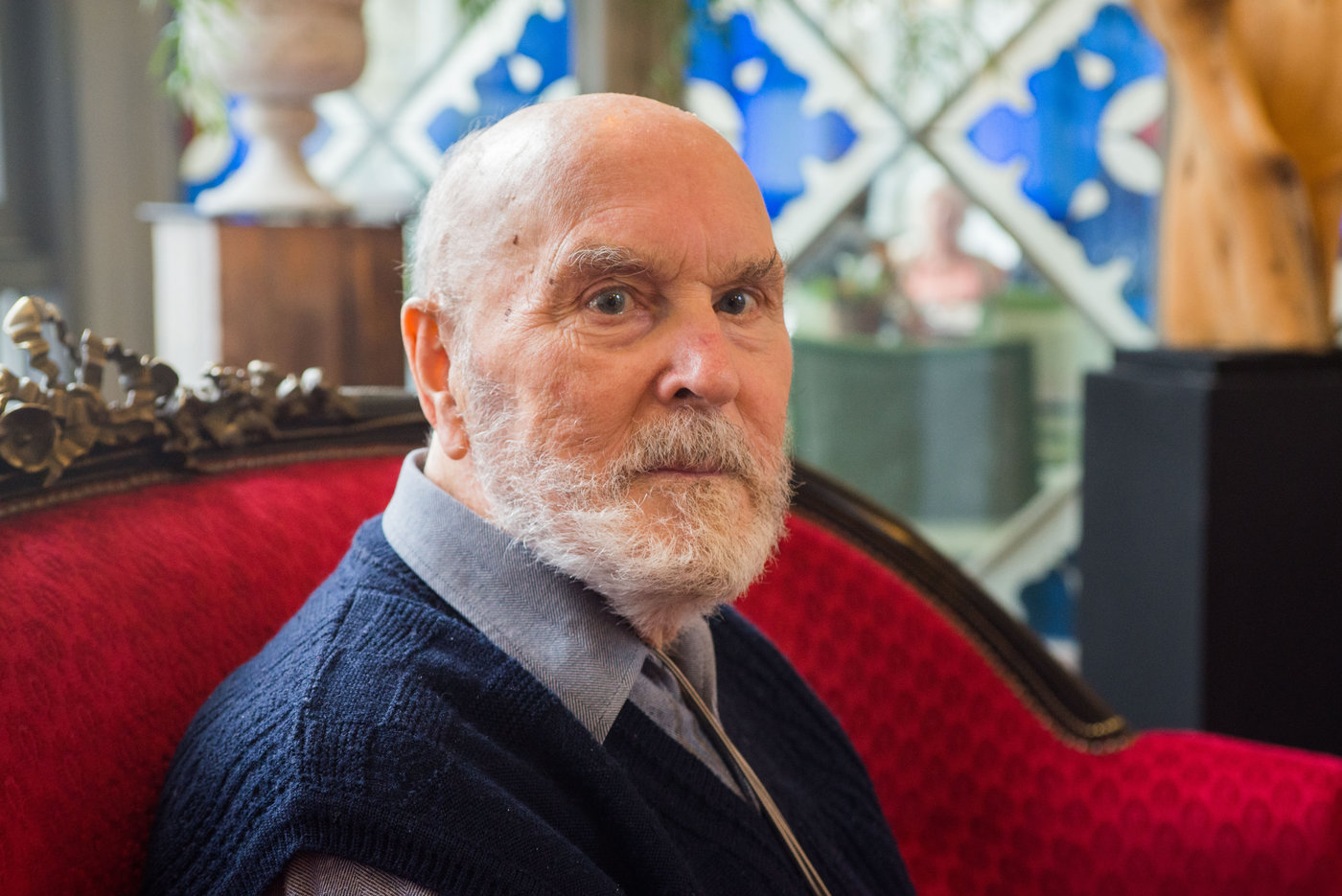"Le chiese di Assisi" by Walter Furrer
Heinz-Roland Schneeberger performed the composition "Le chiese di Assisi, nove visioni musicali per organo" in its entirety for the first time on July 13, 1973. An encounter.

In 1973, Walter Furrer (1902-1978) captured the deep impression that the nine churches of the Umbrian town of Assisi had made on him in the composition Le chiese di Assisi, nove visioni musicali per organo firmly. Although the organ was not his main medium, he inevitably resorted to this instrument as soon as it came to the musical realization of distinctly spiritualistic experiences.
As I have been working intensively since 2014 to revive Furrer's oeuvre - which is administered by the Burgerbibliothek Bern - it is also important for me to make contact with musicians who still knew my father. I knew that the organist Heinz-Roland Schneeberger was still alive, but at first I was unable to find him, and he was not even on the Internet. Eventually, I learned from experts that he was staying at the Bellevue-Park retirement home in Thun.
And so, on Saturday afternoon, December 5, 2015, we had a personal conversation in the elegant lounge of Bellevue Park. I was supported by Beat Sieber, Managing Director of the Bern Chamber Orchestra and Secretary of the Association for the Promotion of Composer Walter Furrer, which was founded in July 2015, who captured the conversation on film and in photographs and also took part with a few questions.
During the conversation, which lasted just under an hour, I learned some important details. The organist, born in 1928, trained as a primary school teacher at the Muristalden seminary and worked at various schools in Switzerland until his retirement in 1993, the most important stations being St. Moritz and Herisau.
At the age of fifteen, he first came into contact with the instrument to which he would remain faithful for the rest of his life. He received his first lessons at the seminary, where, as was customary at the time, church services with musical accompaniment were also held. He later continued his organ studies at the Zurich Conservatory, where the Fraumünster organist of the time, Heinrich Funk, was his teacher, and with Heinrich Gurtner, the organist of Bern Cathedral for many years, he finally obtained his concert diploma. In addition to his teaching profession, he subsequently developed a busy concert schedule as an organist throughout Switzerland and sometimes abroad.

Back to Walter Furrer: In the 1960s, he met Heinz-Roland Schneeberger through his second wife, the soprano Margreth Furrer-Vogt, who became the main interpreter of his organ compositions. She had already been working with Schneeberger for some time and had made a name for herself with compositions by Hans Studer in particular. Walter Furrer was enthusiastic about Schneeberger's organ playing and made him famous with the work mentioned at the beginning of this article. Le chiese di Assisi, nove visioni musicali per organo known.
On July 13, 1973, Heinz-Roland Schneeberger raised the entire Chiese-cycle from the baptism. On August 2 of the same year, he performed it in the St. Baafskathedraal in Ghent (Belgium) as part of a large organ concert at which, as the organist remembers clearly, the Furrer-Vogt couple was also present. This was followed in 1974 and 1975 by performances in Bern Minster and Chur Cathedral, with only parts of the Chiese-composition were performed. Schneeberger followed the same principle in the USA, where in October 1980, a good two and a half years after Walter Furrer's death, he performed the compositions relating to the churches of Santa Chiara and San Rufino at four different venues. visioni played.
According to the organist, this contact came about in the Engadin through a good acquaintance, the Swiss organist Frank Herand, who had emigrated to America. He organized the four concerts under the following two conditions: "no Bach" was to be played and a contemporary Swiss composer was to be presented. And so it came about that the two aforementioned visioni were also heard overseas.
It should also be mentioned that Heinz-Roland Schneeberger is also the 142nd Psalm for soprano and organwhich Walter Furrer wrote in 1967 under the impression of the Six-Day War, together with Margreth Furrer-Vogt. He still remembers the concert, which took place on August 28, 1970 in the Schlosskirche Interlaken and earned the composer and performers much acclaim.
Finally, I asked the organist what effect Walter Furrer had on him as a person. He was impulsive and impatient, replied Mr. Schneeberger, and when he played the organ he sometimes disturbed him somewhat with audible reactions. But on the whole, he had liked him.
Thank you very much, Mr. Schneeberger, for making this interview possible.







